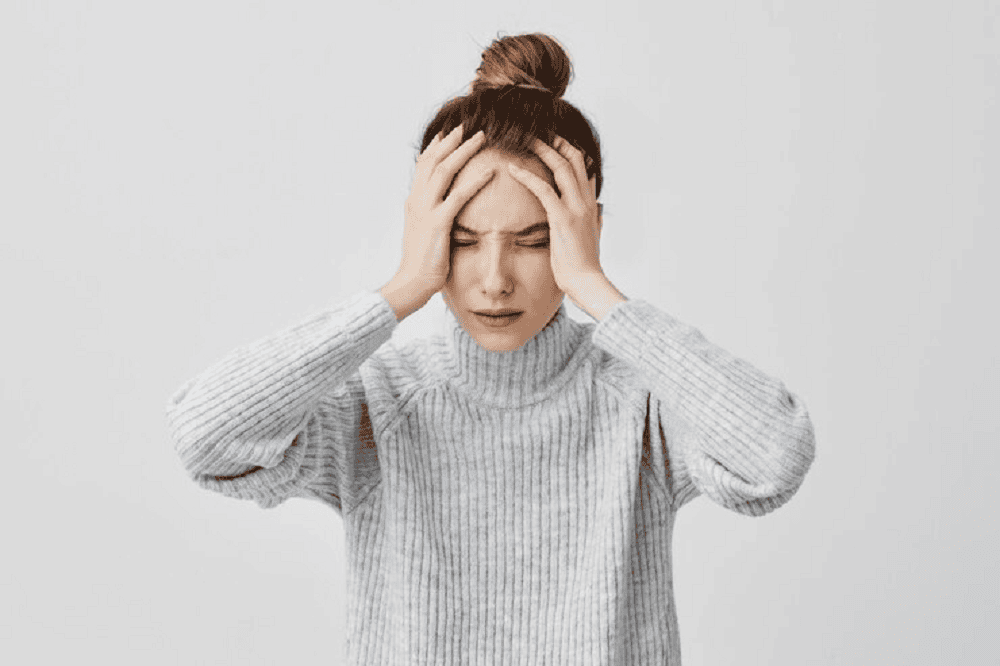Stress and anxiety are often used interchangeably, but both are different experiences. Understanding the distinction between these two can help in managing them effectively.
| Stress | Anxiety | |
| Temporary | Persistent | |
| Positive Stress (motivating individuals to overcome challenges) Chronic stress called distress that can negatively impact health. | Anxiety is generally considered negative, leading to excessive worry and fear that can interfere with daily life. | |
Definitions:
Stress:
- Nature: Stress is a response to an external cause, such as a tight deadline at work or a challenging life event. It is generally a temporary condition.
- Function: Stress can be (eustress), motivating individuals to overcome challenges. However, chronic stress (distress) can negatively impact health.
- Physical and Mental Reaction: Stress triggers a physiological response, including the release of hormones like cortisol and adrenaline, preparing the body to deal with the perceived threat (fight-or-flight response).
Anxiety:
- Nature: Anxiety is a sustained mental health condition that can be triggered by stress or occur without an obvious external cause. It often persists even after the stressful situation has passed.
- Function: Anxiety is generally considered negative, leading to excessive worry and fear that can interfere with daily life.
- Physical and Mental Reaction: Anxiety can cause a range of symptoms similar to stress, such as increased heart rate and muscle tension, but it also includes persistent and excessive worry, fear, or dread.
Symptoms:
Stress Symptoms:
- Emotional: Irritability, frustration, mood swings.
- Physical: Headaches, muscle tension, fatigue, digestive issues.
- Behavioral: Changes in appetite, sleep disturbances, difficulty concentrating.
Anxiety Symptoms:
- Emotional: Persistent worry, fear, feelings of dread.
- Physical: Rapid heartbeat, sweating, trembling, shortness of breath.
- Behavioral: Avoidance of certain situations, compulsive behaviors, difficulty concentrating.
Causes:
Stress:
- External Factors: Work pressures, financial problems, relationship issues, major life changes (e.g., moving, divorce).
- Internal Factors: Personal beliefs, attitudes, expectations.
Anxiety:
- Genetic Predisposition: Family history of anxiety disorders.
- Brain Chemistry: Imbalances in neurotransmitters.
- Environmental Factors: Trauma, long-term stress exposure, significant life changes.
Management Strategies:
Managing Stress:
- Relaxation Techniques: Deep breathing, meditation, yoga.
- Exercise: Physical activity helps reduce stress hormones and improve mood.
- Time Management: Prioritizing tasks and setting realistic goals.
- Social Support: Talking to friends, family, or a counselor.
Managing Anxiety:
- Therapy: Cognitive Behavioral Therapy (CBT) is effective in treating anxiety.
- Medications: Antidepressants and anti-anxiety medications may be prescribed.
- Lifestyle Changes: Regular exercise, healthy diet, adequate sleep.
- Mindfulness Practices: Meditation, progressive muscle relaxation, mindfulness-based stress reduction (MBSR).
Key Differences:
- Source and Duration:
- Stress: Typically arises from external pressures and is temporary.
- Anxiety: Can be triggered by stress but often persists independently of external causes.
- Response and Impact:
- Stress: Can be motivating and help people to face challenges.
- Anxiety: Generally debilitating, causing excessive fear and worry that hinder daily functioning.
- Management:
- Stress: Can often be managed by addressing the external cause and practicing relaxation techniques.
- Anxiety: May require professional intervention, including therapy and medication, alongside lifestyle changes.
Understanding the differences between stress and anxiety is crucial for effective management and seeking appropriate help. While stress can be a normal part of life, anxiety represents a more pervasive and persistent condition that requires comprehensive treatment.
